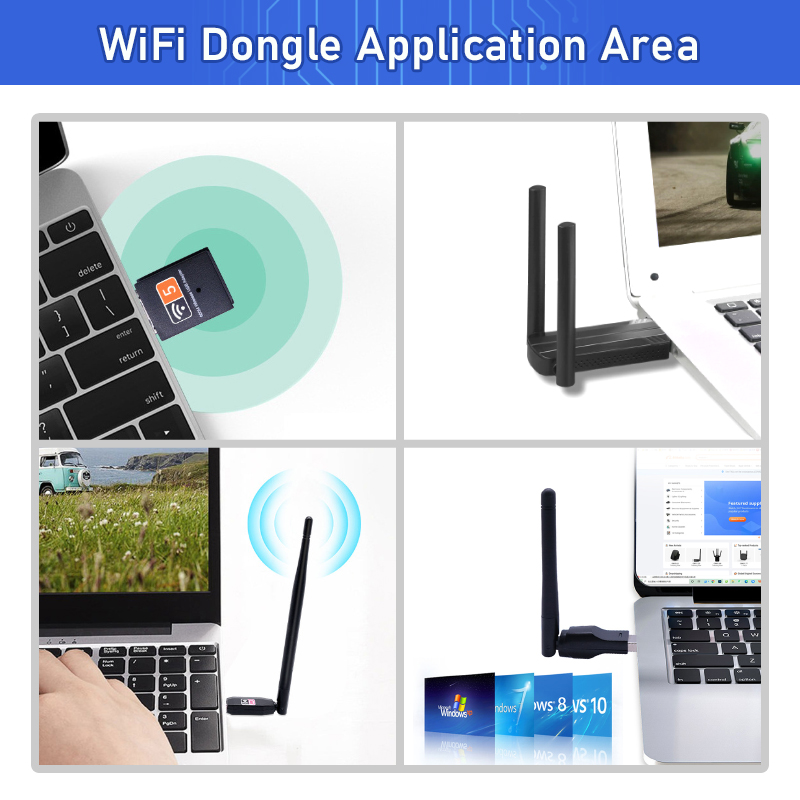In the world of wireless communication, WiFi module chips serve as the backbone for connectivity. One crucial aspect to consider is the signal coverage range of these chips. Several factors influence the signal coverage, such as transmission power, frequency, antenna design, environmental conditions, and obstacles.know iot module Our growth has to go through many hardships, but entrepreneurs are never afraid and boldly move forward. https://www.trolinkiot.com/
1. Transmission Power
Transmission power determines the strength of the WiFi signal emitted by the module chip. The higher the transmission power, the greater the signal coverage range. It is important to note that the transmission power may be limited by regulatory standards to prevent interference with other devices or networks.
2. Frequency
The frequency at which a WiFi module chip operates can impact its signal coverage range. Generally, WiFi chips use the 2.4 GHz or 5 GHz frequency bands. The 2.4 GHz band offers better coverage over larger distances, whereas the 5 GHz band provides higher data transfer rates but with shorter coverage range.
3. Antenna Design
The design and quality of the antenna significantly affect the signal coverage range. Antennas can be either internal or external. External antennas generally provide better range as they can be positioned for optimal signal propagation. Antenna gain, which measures the ability to focus the signal in a specific direction, is another factor to consider to enhance coverage.
4. Environmental Conditions
Environmental factors like walls, doors, furniture, and other obstructions can impact the signal coverage range. Dense materials such as concrete and metal tend to weaken and block WiFi signals. On the other hand, open spaces allow signals to propagate further with minimal obstruction.
5. Obstacles
Obstacles present within the coverage area, such as walls, floors, and objects, can weaken the WiFi signal. The construction materials and thickness of these barriers determine the extent to which they affect signal coverage. Understanding the layout of the area is essential for optimizing signal strength and range.